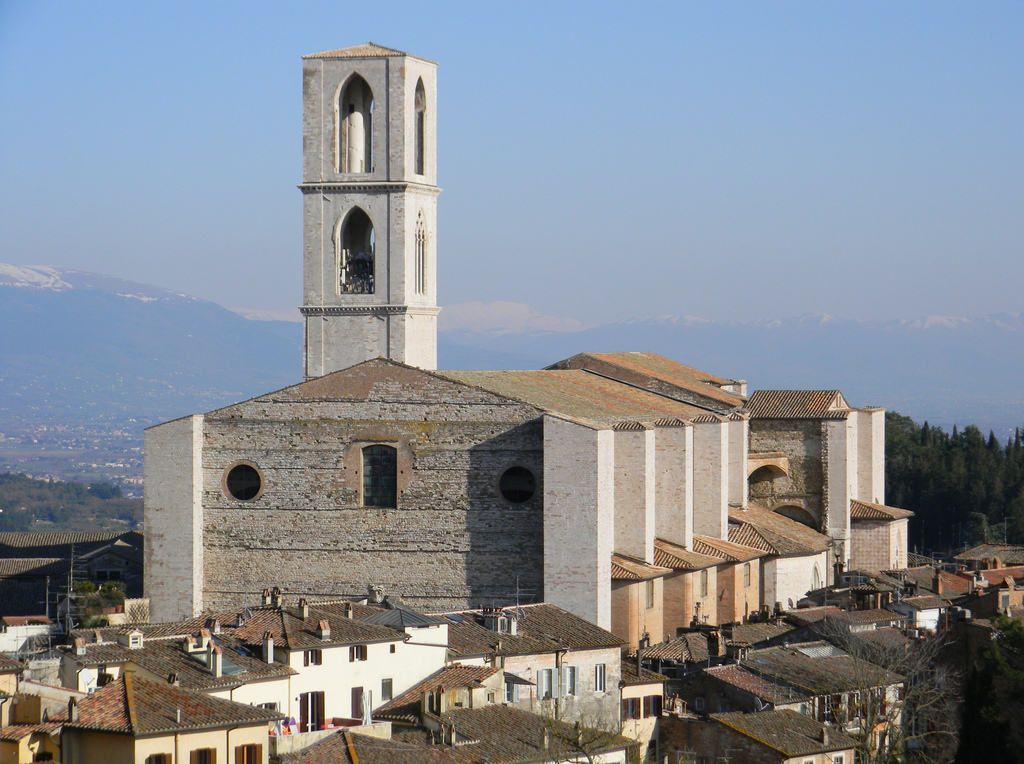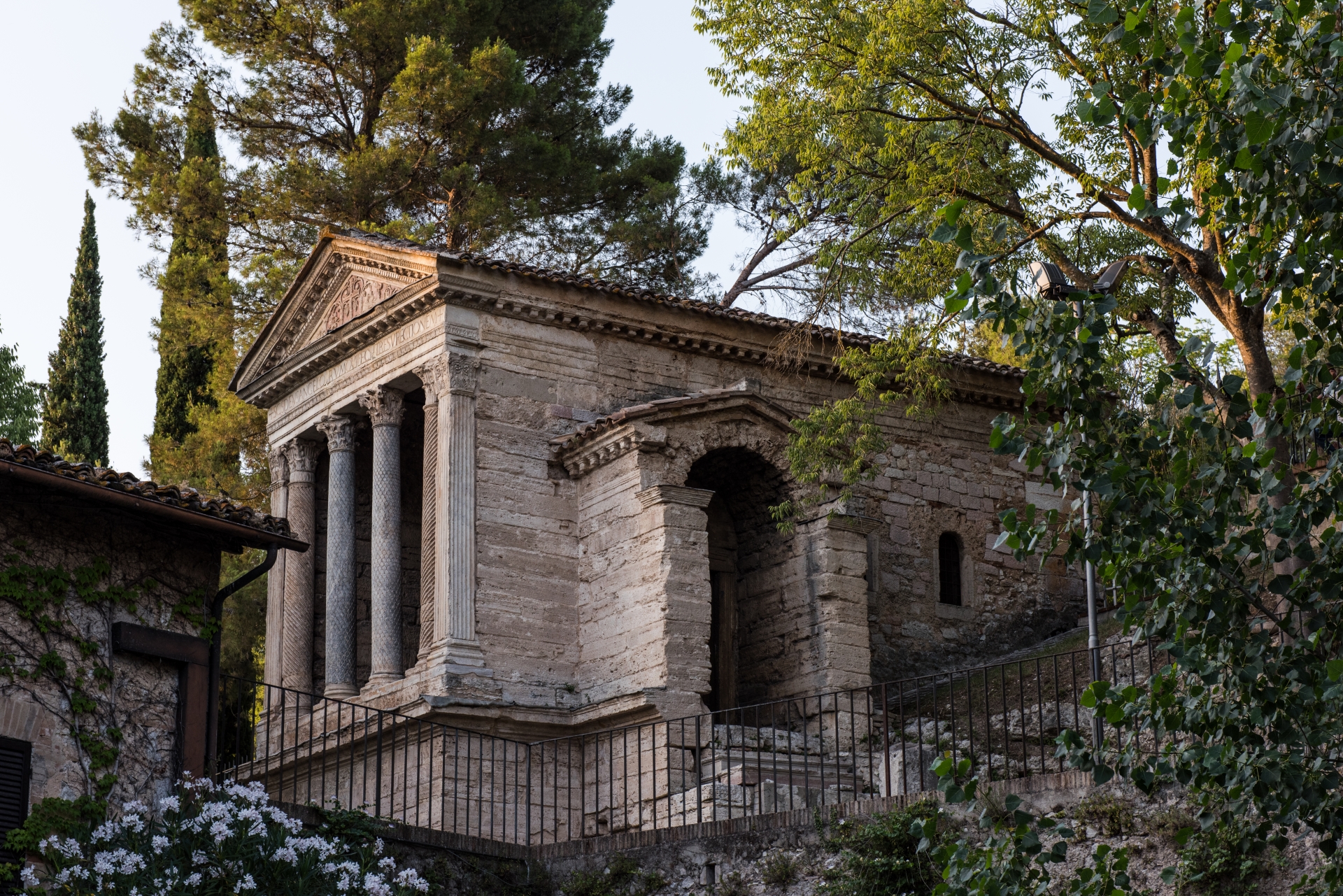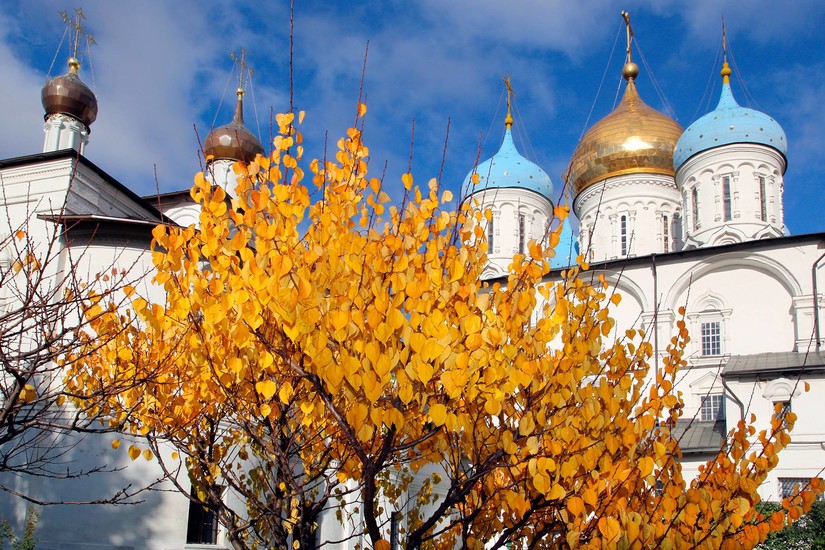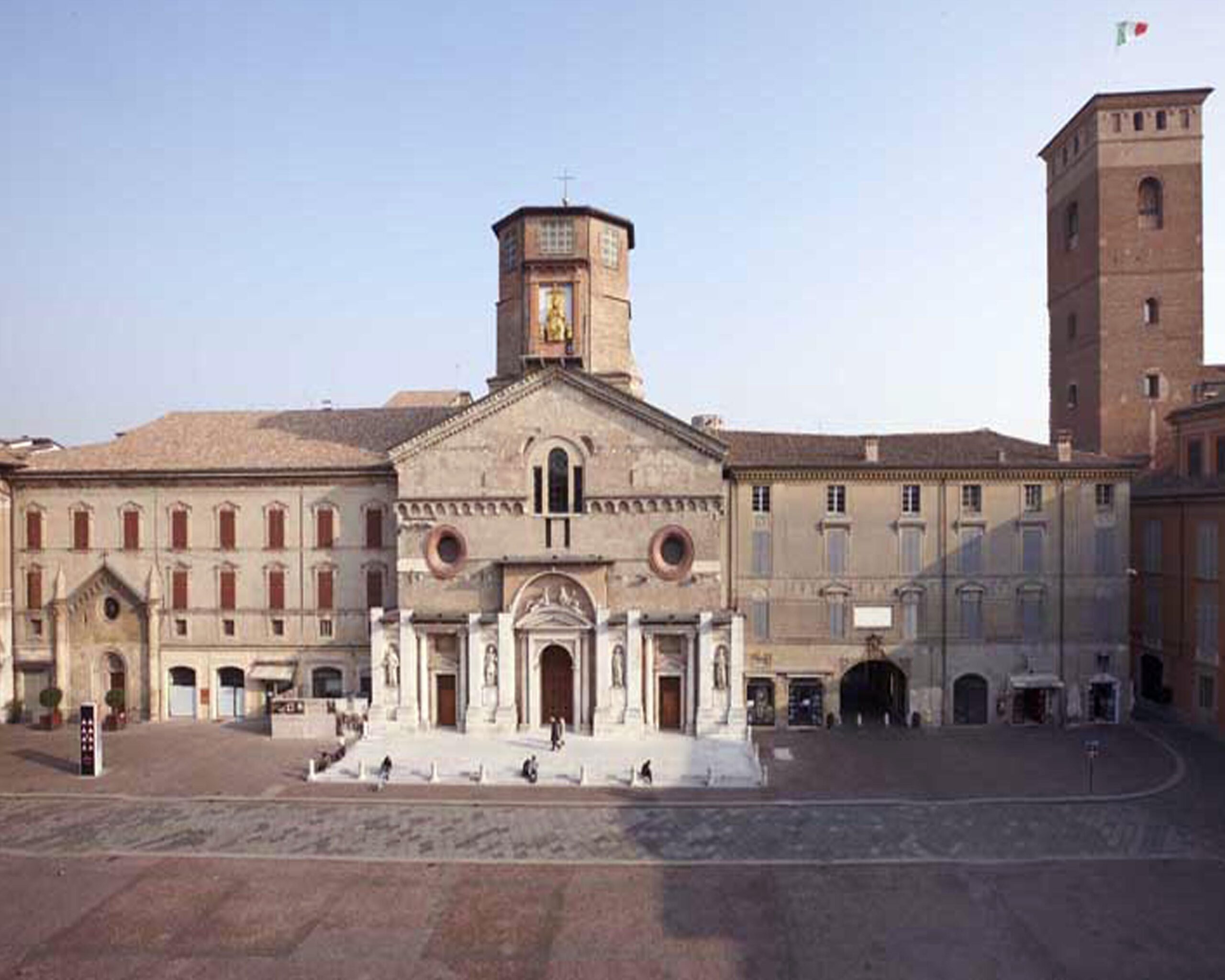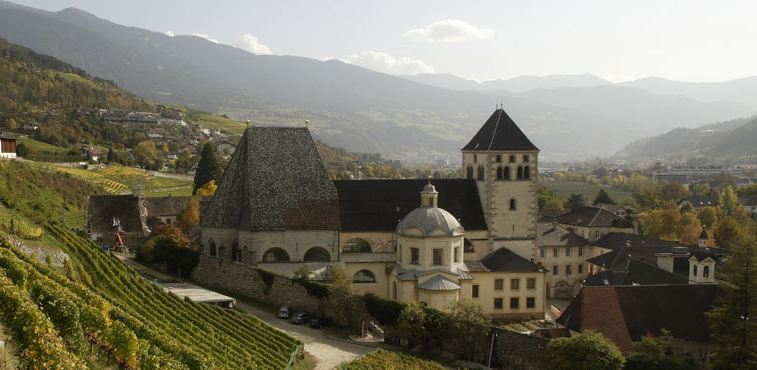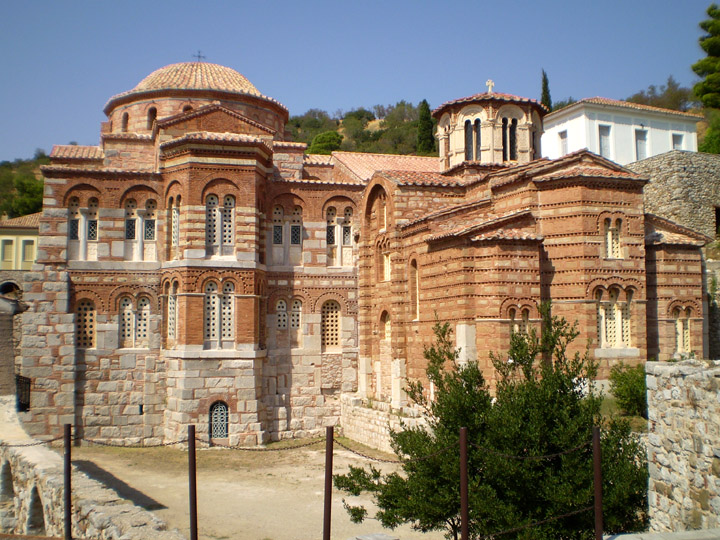Between 1231 and 1260, the Dominicans, who arrived in Perugia around 1230, built a primitive church in the area where the larger cloister stands today. In 1304, as the order had taken on a very important role in the city, both from a religious and a political point of view, the building works began in order to construct a new majestic basilica. According to tradition, the first architect to guide the site was Giovanni Pisano; more probably the architects of the project were those very same Dominicans who operated under the protection of Pope Benedetto XI, also a Dominican and resident in the city during those years.
Consecrated by Pope Pio II Piccolomini in 1459, the new church, with three naves and a covered vault supported by pillars, already had its first problems of stability by the mid-16th century. At the start of the 17th century, after the nave collapsed (1614-1615) the church was entirely rebuilt following Carlo Maderno’s design (1629-1632).
The impressive facade, which opens at the top to a stairway with a double ramp, is decorated with a portal of the 16th century era whereas the flank and apse conserve the buttresses and pointed windows of the 14th century era. Inside, with the layout of a Latin cross, it is characterised by nudity as a whole. The austerity of the nave contrasts the flowery Gothic style of the renowned apse glass windows, dated from 1411 and signed by the Perugian Bartolomeo di Pietro and by the Florentine Mariotto di Nardo. The top window, 23m high, is the largest of the era after the Duomo of Milan. In its structure and in its frescoes on the walls and votive, the apse is testimony of the early architectonic and decorative wealth of the basilica. What remains of the nave and chapels in fact is just a small part of the very rich heritage conserved over time. The spreading of assets, which culminated with the Neapolitan acquisition of religious collections, the demaniazioni, began at the start of the 17th century when, after the nave collapsed and the chapels were demolished, various politicians were cast out and were taken out of the church.
Amongst the works which are still conserved in the church, many of the paintings in the chapels are by Umbrian artists from the 18th century; on the counter-facade wall there is a large fresco by Anton Maria Fabrizi depicting the Madonna con il Bambino tra Santi (1644). Of particular interest in the chapel of San Lorenzo is the dossale in stone and terracotta, varnished in white by Agostino di Duccio (1459) and in the chapel dedicated to Benedetto XI, the monumento funebre del Papa Benedetto XI who died in Perugia in 1304, recently indicated as a work by Lorenzo Maitani, inspired in the structural lines to the funeral monument of Cardinal Guglielmo De Braye, the work of di Arnolfo di Cambio, conserved in San Domenico in Orvieto. Also worth mentioning is the chapel of San Tommaso, decorated with various votive frescoes, including the Uccisione di San Pietro Martire attributed to Cola Petruccioli (end of the 16th century), the chapel of the Resurrection or the Rosary which contains a Madonna con Bambino tra i Santi Domenico e Caterina attributed to Giovanni Lanfranco and the chapel of la Beata Colomba da Rieti whose altar contains a copy from the 19th century of a painting by Lo Spagna, now in Umbria’s National Gallery.
The bell-tower, the work of Gasparino Antonimi from the end of the fifteenth century, was topped by a very high pyramid cusp which supported a ball and cross. The total height must have reached 126m. In the 16th century maybe for reasons of stability, it was severed above the two Gothic top windows. The entire Dominican Covent, with left -hand entrance from the church, has been in the National Archaeological Museum since 1948.
Curiosities
The following were some of the most famous works conserved in the building: la Madonna con il Bambino by Duccio di Buoninsegna; la Madonna con il Bambino by Gentile da Fabriano; the Polittico Guidalotti by Beato Angelico; the Polittico dei Domenicani e l’Adorazione del Magi by Benedetto Bonfigli and la Pala di Ognissanti by Giannicola di Paolo.
